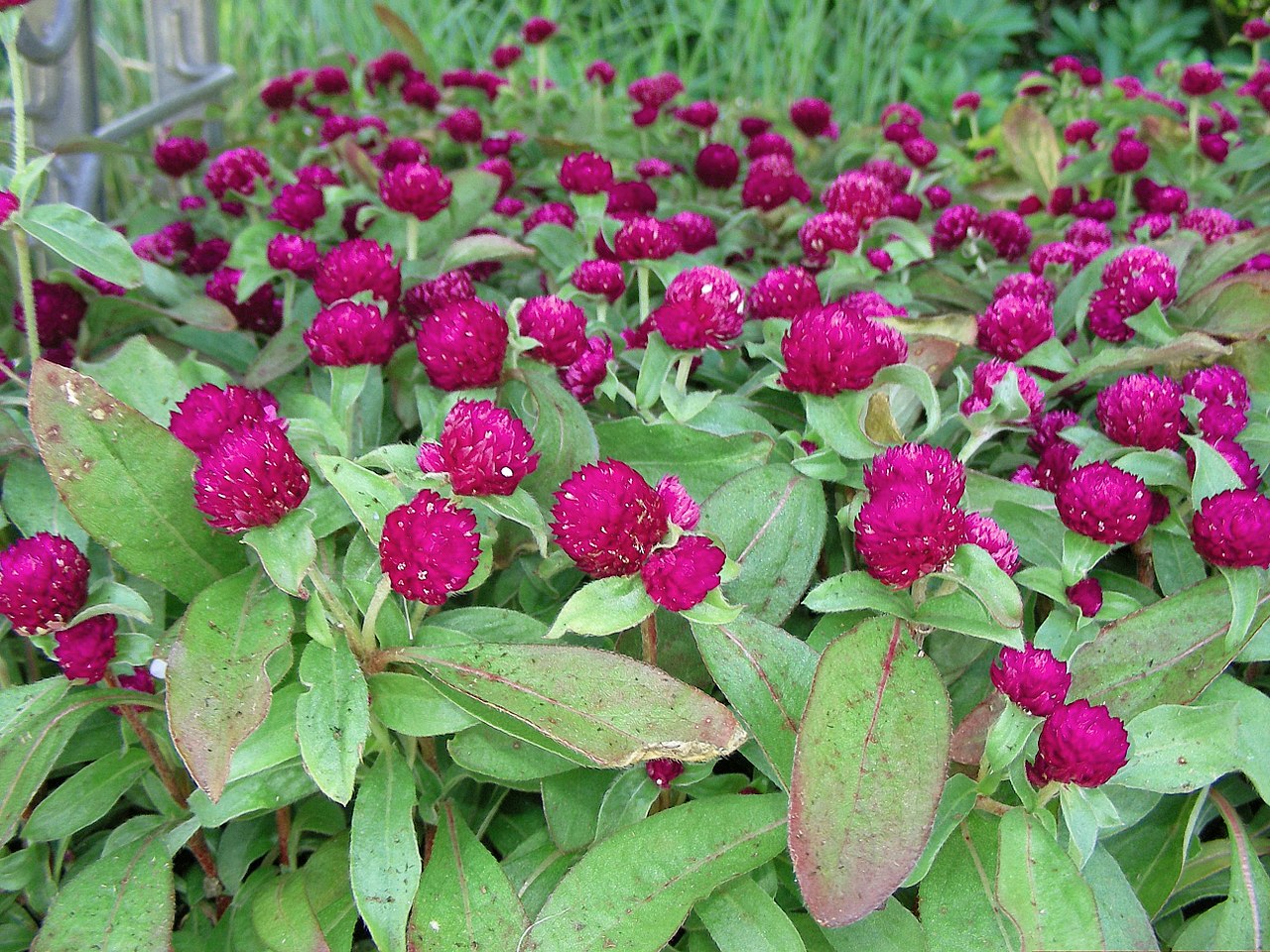Gongronema latifolium

|
|
Gongronema latifolium Common Names: Utazi, Bush Buck, Amaranth Globe Scientific
Classification Kingdom: Plantae Clade: Angiosperms Clade: Eudicots Order: Gentianales Family: Apocynaceae Genus: Gongronema Species: G. latifolium Synonyms: Gongronema latifolium Benth., Marsdenia latifolia (Benth.) K.Schum. Morphological Description Gongronema latifolium is a perennial, woody climber or shrub that can grow up to
5–10 meters in length, often supported by other vegetation in its natural
habitat. Its key morphological features include: · Stems: Hollow, glabrous, and woody at the base, exuding a white,
milky latex when cut. · Leaves: Opposite, heart-shaped (cordate), 5–15 cm long and 3–10 cm
wide, with serrated edges, glossy dark green above, paler beneath, and slightly
bitter with an aromatic flavor. · Flowers: Small, greenish-yellow, borne in axillary clusters, bisexual,
with a five-lobed corolla. · Fruit: Follicles, elongated (up to 10 cm), green when immature,
turning brown when ripe, containing flat, winged seeds with silky hairs for
wind dispersal. Distribution and Habitat Gongronema latifolium is native to West and Central Africa, with a natural range
spanning: · West Africa: Nigeria, Ghana, Cameroon, Sierra Leone, Côte d’Ivoire
(annual rainfall 1,200–2,500 mm). · Central Africa: Chad, Democratic Republic of Congo
(altitude 0–900 m). It thrives in humid
tropical rainforests, deciduous forests, and secondary growth areas, often
along riverbanks, forest edges, and farmlands. It is cultivated widely in
Nigeria for its culinary and medicinal value, tolerating loamy, well-drained
soils (pH 5.5–6.5) (Ugochukwu et al., 2023). Ethnopharmacology Gongronema latifolium, commonly known as utazi or amaranth vine, is a leafy vegetable
and medicinal plant widely used in West African traditional medicine. It is
valued for its antidiabetic, antioxidant, anti-inflammatory, antimicrobial, and
antihypertensive properties. The leaves are commonly consumed fresh, cooked, or
as extracts to help manage diabetes, high blood pressure, malaria, and
gastrointestinal issues such as ulcers, indigestion, and loss of appetite. It
is also traditionally used to boost liver function, detoxify the body, and
promote postpartum recovery in women. Phytochemical studies have revealed the
presence of saponins, flavonoids, alkaloids, and phenolic compounds, which
contribute to its medicinal activities. Scientific research supports its
potential in lowering blood sugar and lipid levels, as well as combating
oxidative stress, making it a promising plant for both nutritional and
therapeutic applications. · Antidiabetic: Leaf extracts regulate blood sugar. Ojo et al. (2020) showed
aqueous extracts (25.44 mg/kg) reduced glucose levels by 70% in alloxan-induced
diabetic rats, comparable to metformin, due to flavonoids and alkaloids. · Anti-inflammatory and Analgesic: Used for pain and swelling in Nigeria.
Akuodor et al. (2015) found ethanolic leaf extracts (200 mg/kg) reduced acetic
acid-induced pain in mice by 45%, linked to saponins and glycosides. · Antioxidant: Protects against oxidative stress. Edet et al. (2021)
reported high DPPH scavenging activity (IC₅₀ 18.6 μg/ml) in leaf extracts,
attributed to phenolic compounds. · Antimicrobial: Effective against pathogens. Eleyinmi (2007) confirmed
methanolic extracts inhibit Staphylococcus aureus and Pseudomonas aeruginosa (MIC 1 mg/ml), supporting its use for
infections. · Digestive Health: Treats ulcers and worms. Owu, et al. (2012)
noted that Basal and stimulated acid secretion in diabetic control rats was
significantly (p < 0.01) decreased when compared to control. Extract
administration increased the stimulated gastric acid secretion to a level
significantly (p < 0.05) higher than control while reduction in gastric
secretion by ranitidine was similar compared with control. Gongronema
latifolium treatment significantly (p < 0.05) reduced ulcer scores in both
ulcer models and increased mucus weight in the diabetic group. · Cardioprotective: Manages cholesterol and heart health.
Beshel et al. (2019) demonstrated ethyl acetate fractions (100 mg/kg) lowered
LDL cholesterol by 30% in rats, Histology of the blood vessels showed intact
layers across the groups. There was no derangement of cellular architecture in
the heart and kidney, therefore concludes that Gongronema latifolium leaves extract is cardioprotective validating
traditional claims. ⚠ Toxicity Profile: No acute toxicity is reported at traditional
doses. High doses (>2,000 mg/kg) in rats showed mild liver enzyme elevation
(ALT up 15%), but no mortality. Latex may cause skin irritation. Caution is
advised for pregnant or breastfeeding individuals (Al-Hindi et al., 2016). Additional Uses · Culinary: Leaves add a bitter, aromatic flavor to Nigerian dishes like
egusi soup and nkwobi; rich in protein (27.2% DM) and vitamins (Eleyinmi,
2007). · Ecological: Attracts pollinators, supporting biodiversity in
agroecosystems (Green Institute, 2023). · Cultural: Used in Ramadan purges and as a tonic for newborns in Sierra
Leone (Ugochukwu et al., 2023). References
External Links More Pictures |
|
| Compounds of Gongronema latifolium |
|
| References |